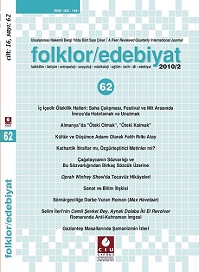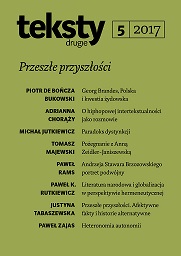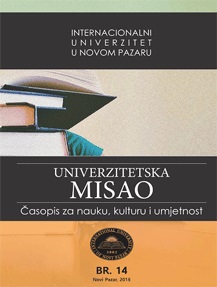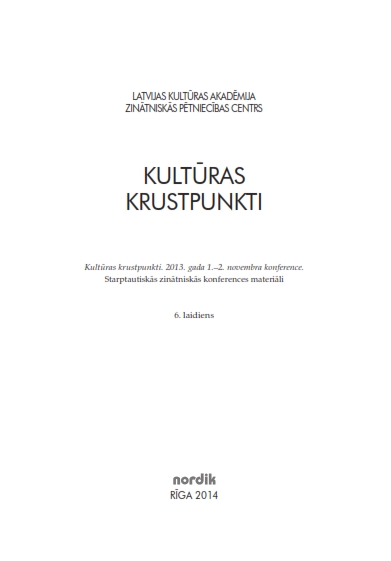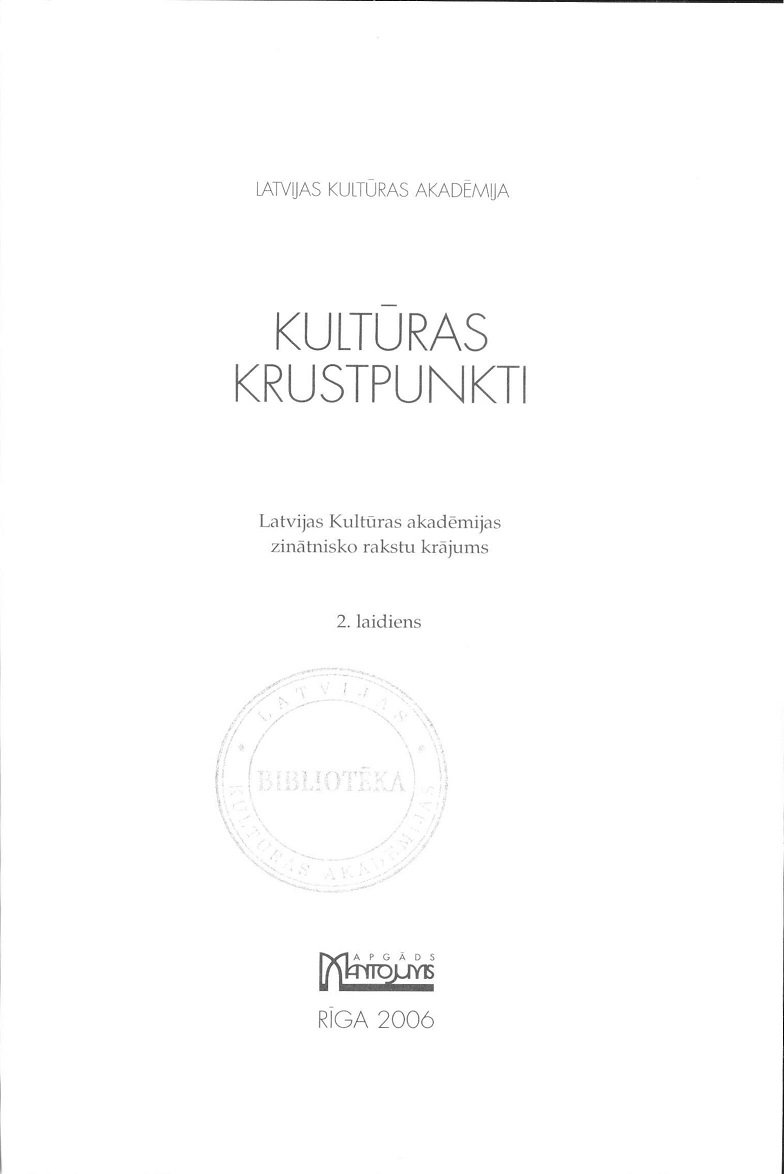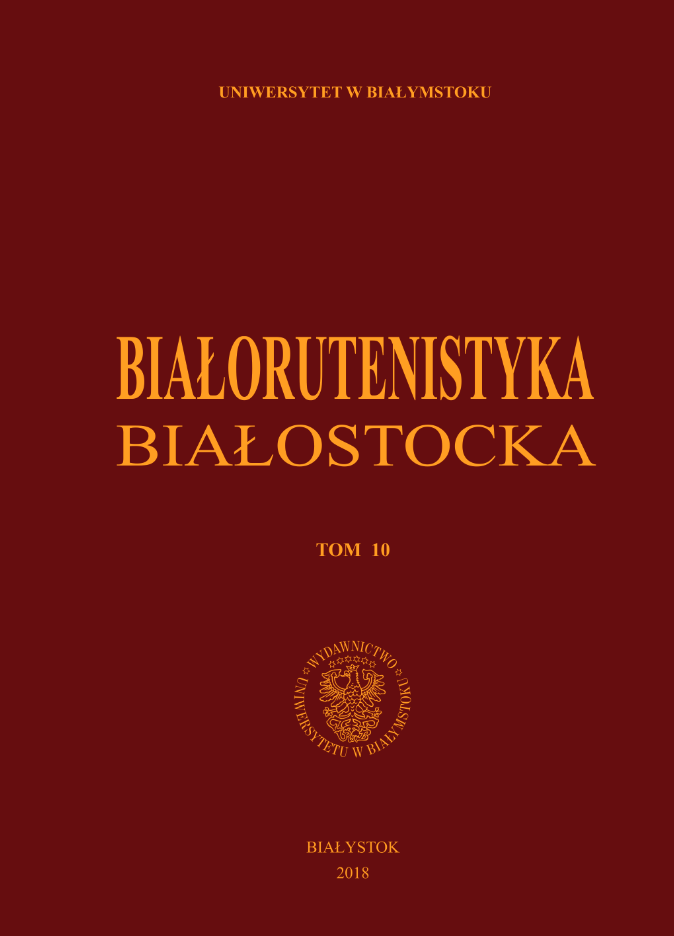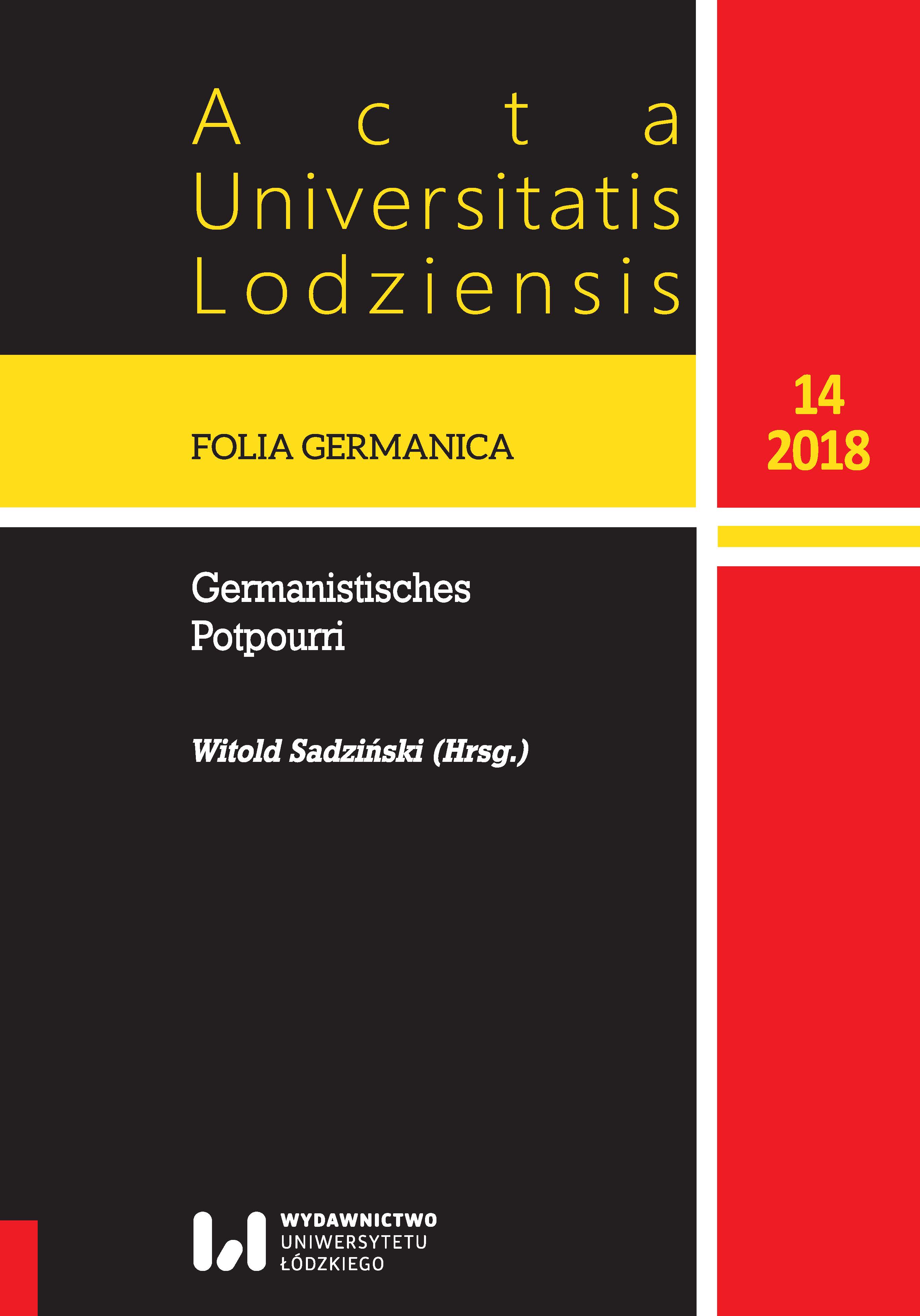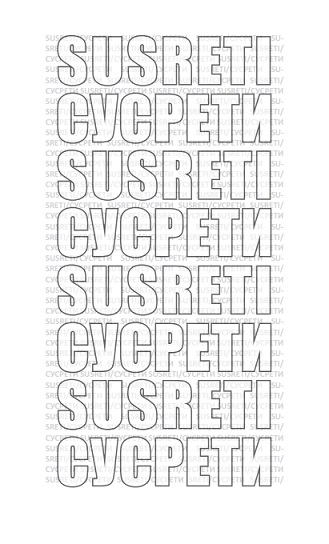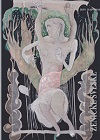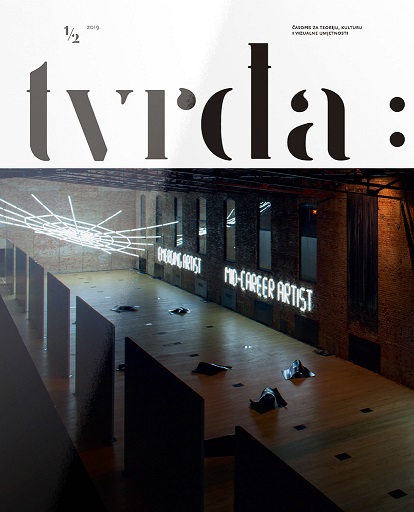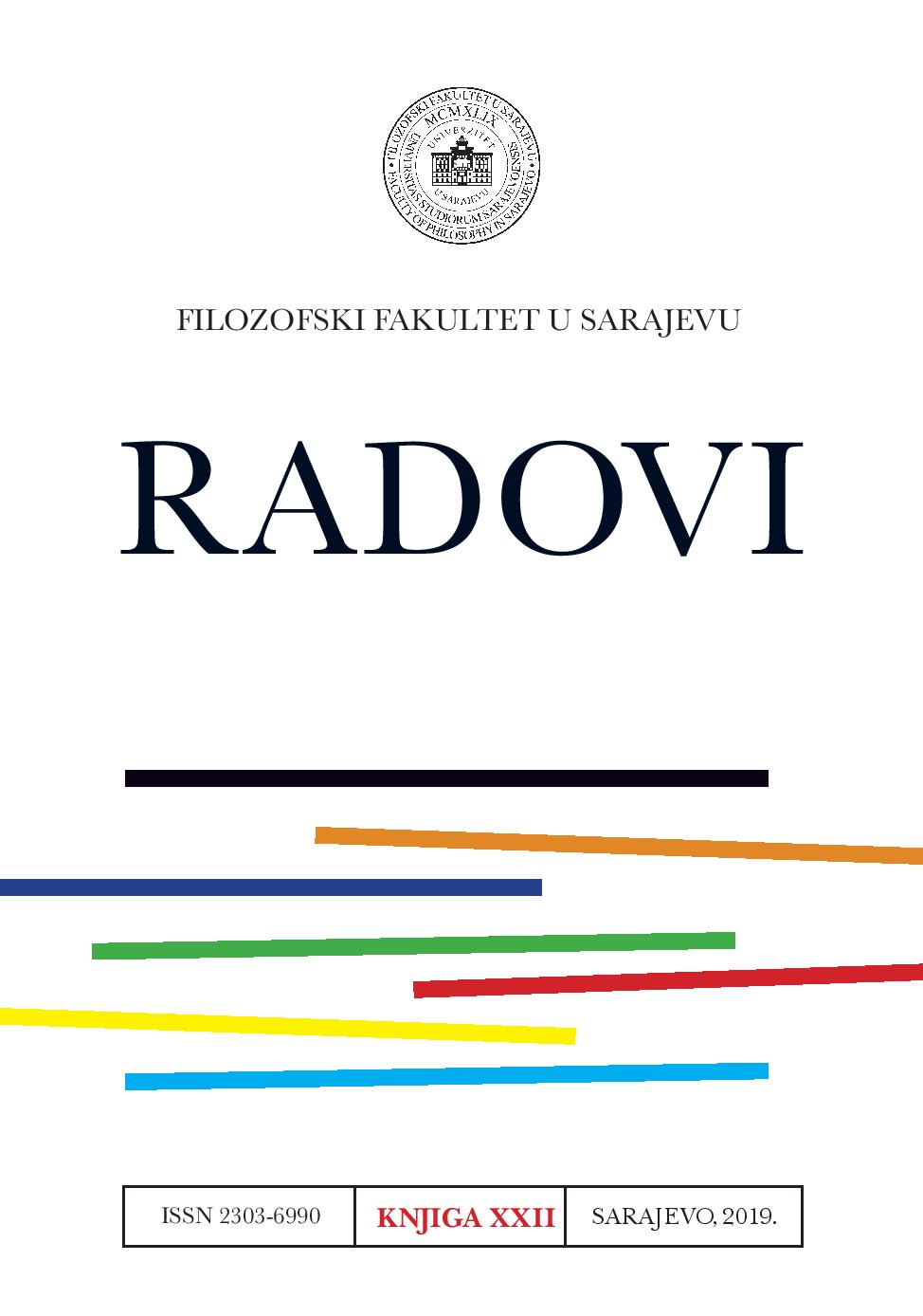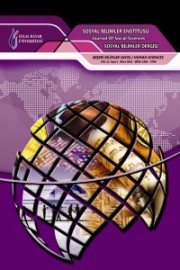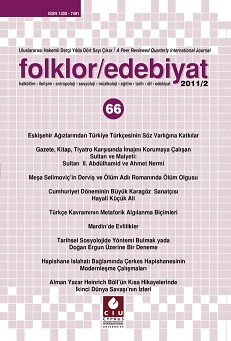
Meşa Selimoviç’in Derviş Ve Ölüm Adli Romaninda Ölüm Olgusu
Mesa Selimovic’s Death and Dervish work which named originally “Dervis i Smrt” (Yugoslavia 1967) is a distinguished novel of Bosna Herzigova’s literature. This novel which the Dervish’s inner conflicts between his faith and emotions was not only translated into many different languages but also it was adapted to the cinema by the Italian director Alberto Rondalli as named Dervish (2001). This novel that explored a dervish’s surrounding, his life and his existence combines a real life history with the novel’s imaginary world. The concept of death which was dealt with by many authors just like Mesa Selimovic in the frame work of theme that provides environment to the novel is not a new concept but it is quite universal. On the other hand the novel “Dervish and Death” is a unique work in terms of its dealing with the theme. This study aims to explore the novel “Dervish and Death” with its point of view on the fact of death.
More...
